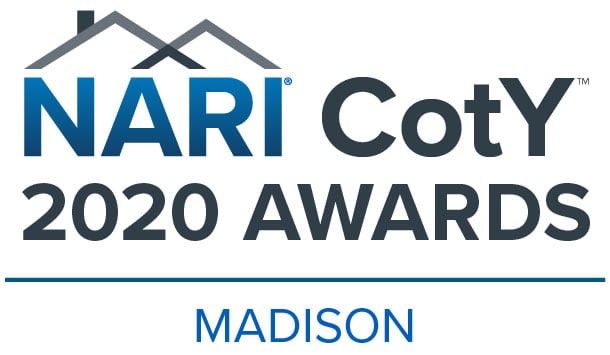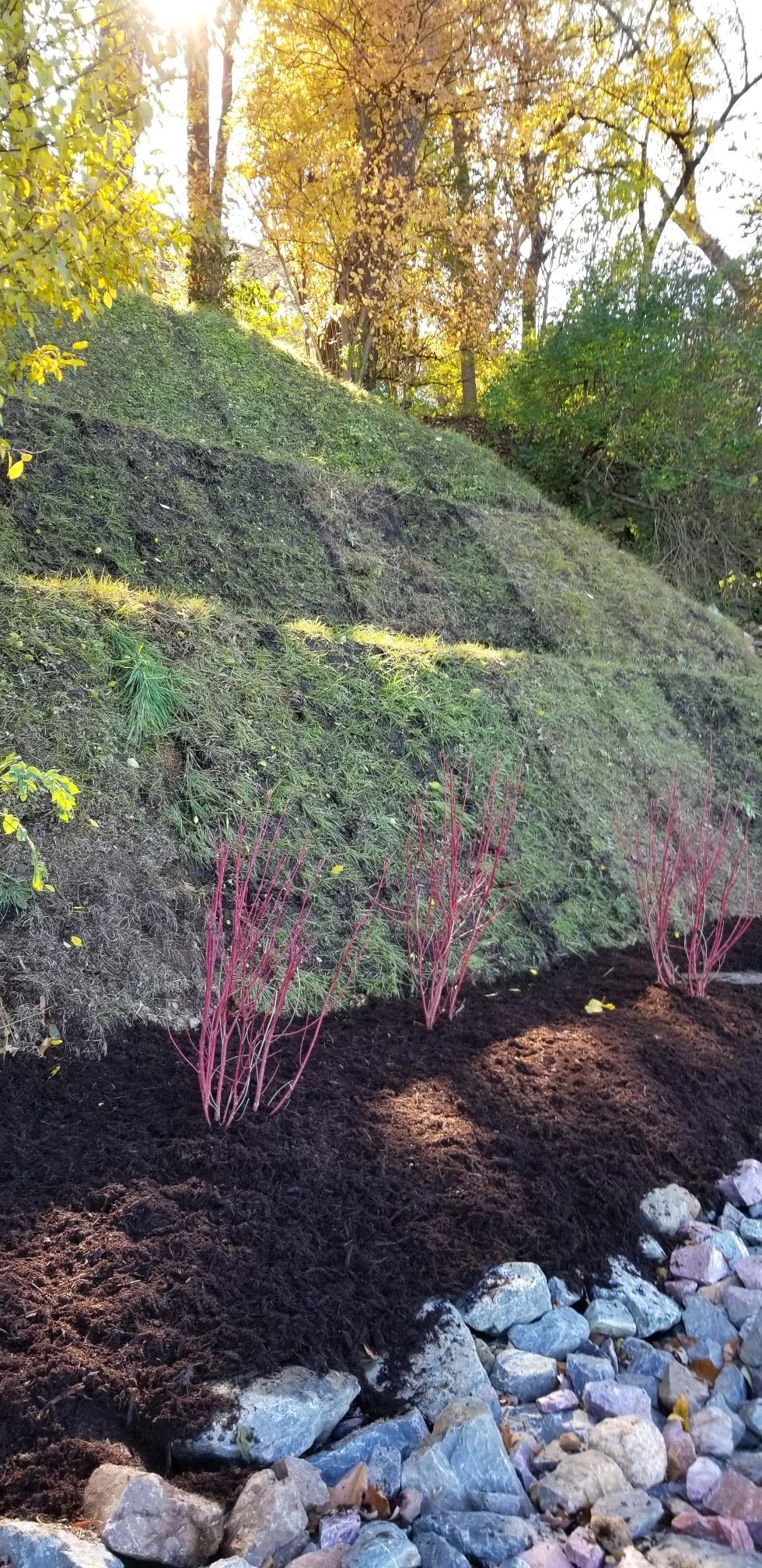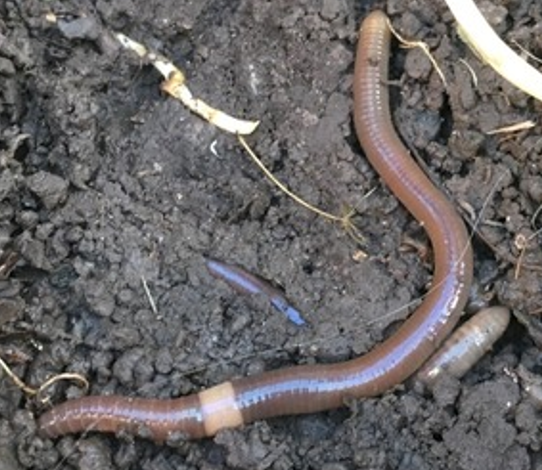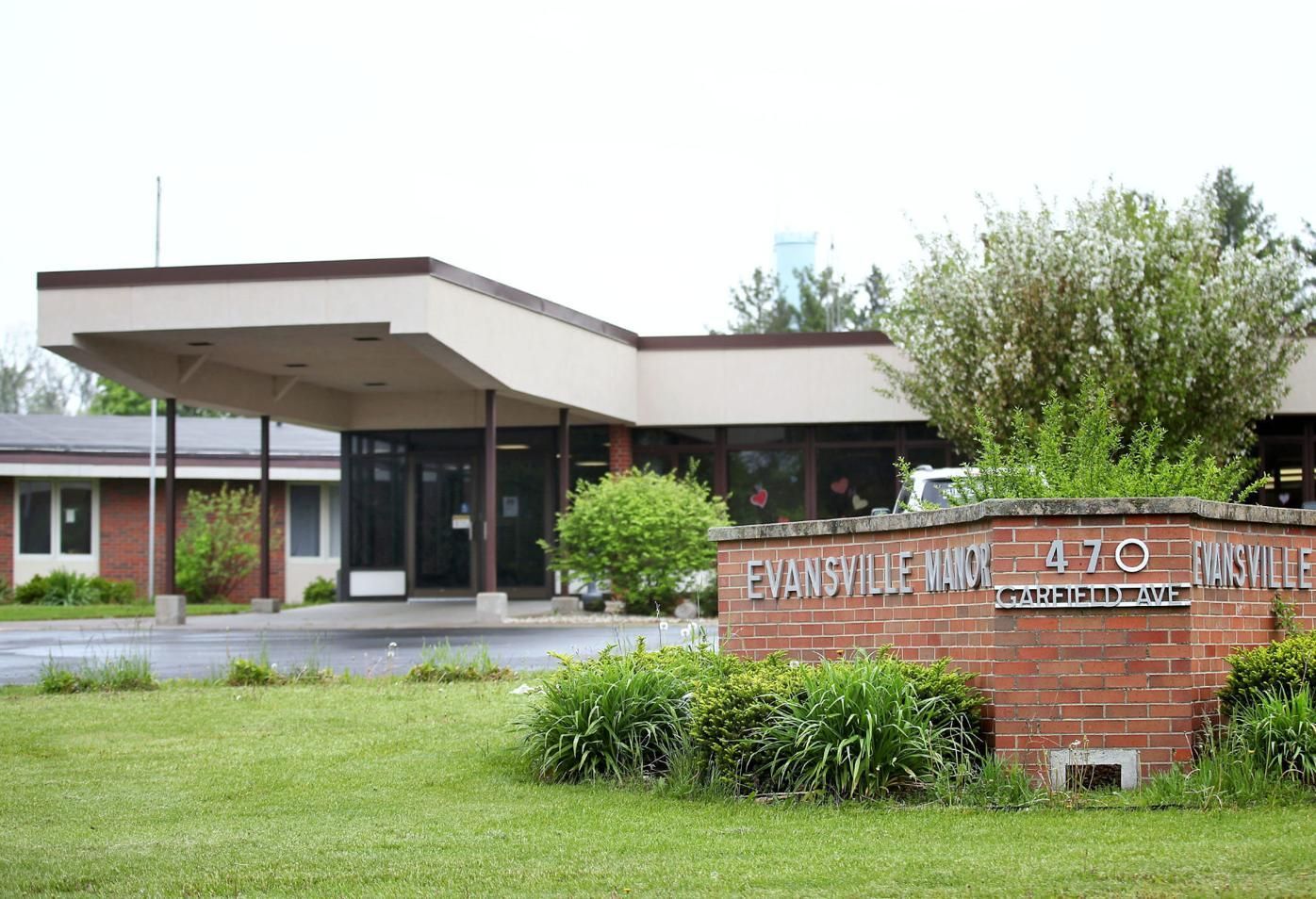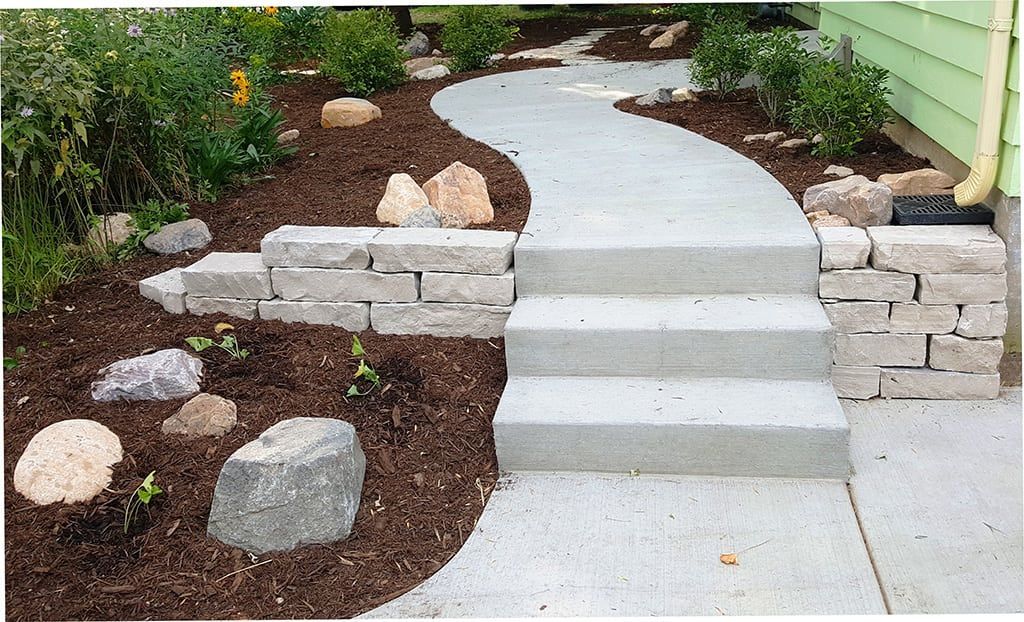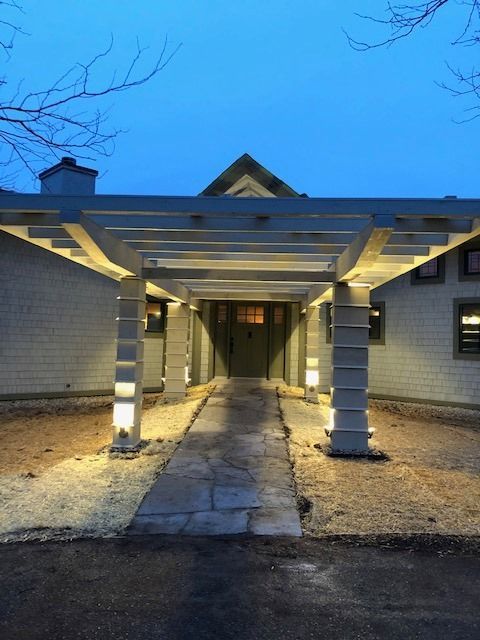Ecodriveways – Good for You and the Environment
CATEGORIES
RECENT POSTS
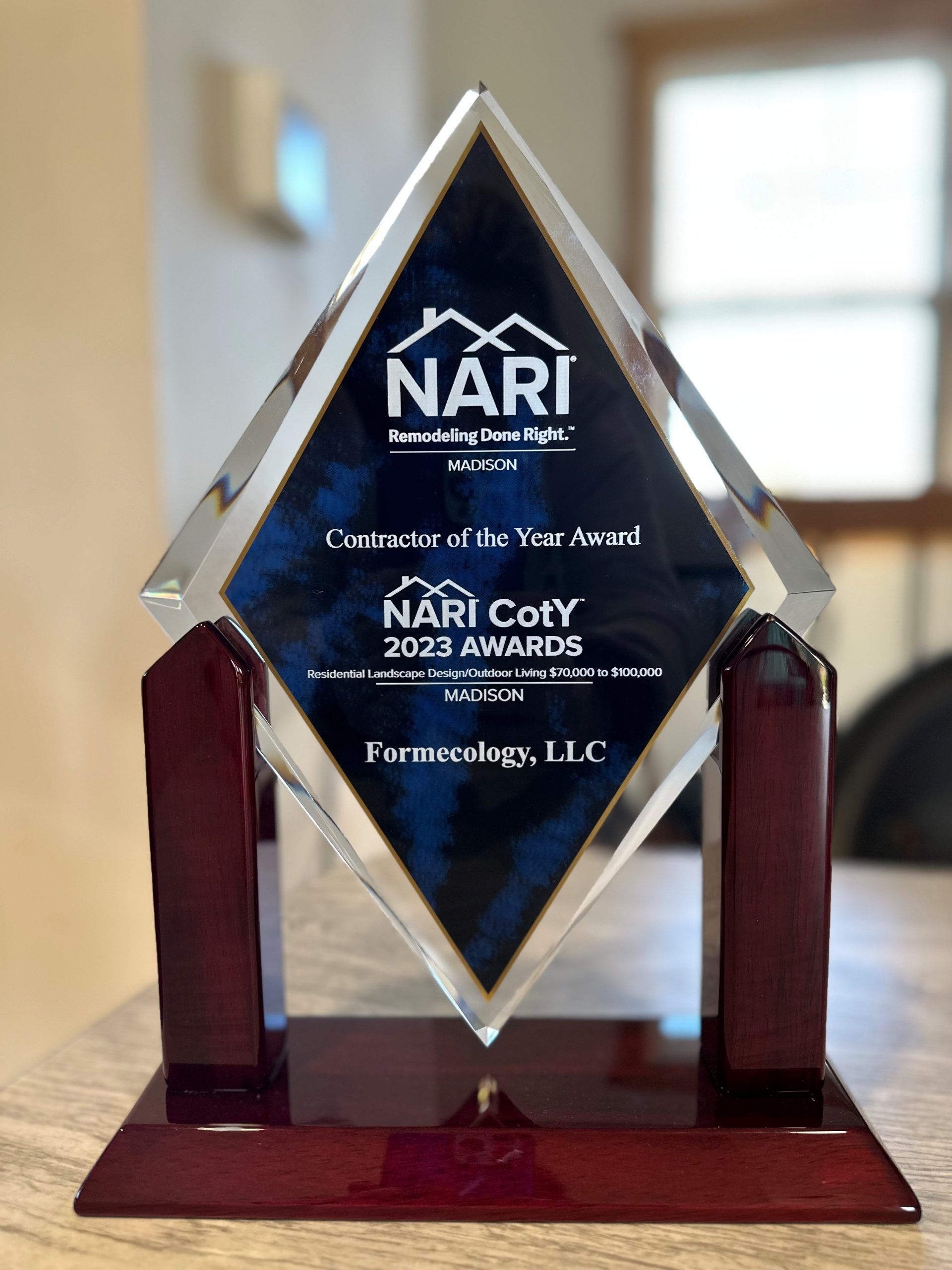

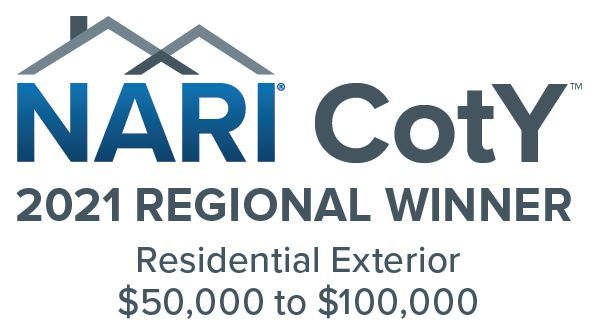
Have you ever thought about what happens to all that water when it rains? We all know that water runs downhill, but there are some other interesting consequences that aren’t so obvious. Because we have built homes, roads, sidewalks, parking lots and many other “impervious” surfaces that don’t allow stormwater to soak into the ground, there is often much more water than the limited areas can soak up (infiltrate). We are simply pushing more and more water downstream. Now, this may not seem like a large issue when we only consider an individual site, but when taken cumulatively we can see that urban and residential areas often have more impervious surface than pervious surface. Even farm fields often have drain tile to rapidly remove “excess” water downstream.
Now let’s think again about what happens in a heavy rain. Excessive or poorly managed stormwater has many negative effects on our environment. Here’s how the damage shows up:
When stormwater flows across compacted lawn surfaces, it picks up excess fertilizer, loose soil, and pesticides and carries them into the street or ditch where more debris, auto chemicals and other pollutants are waiting for a free ride downstream.
This contaminated water races straight into engineered drainage systems, such as storm sewers, where more and more water combines from surrounding areas.
This rapidly flowing (and filthy) water is dumped into creeks and streams, where it causes erosion and picks up more soil and debris.
This water eventually causes flooding and degradation of lakes and other water bodies. Oftentimes after large storms, huge plumes of brown, contaminated water are readily visible in aerial photos of lakes. In fact, a large “dead zone” of nearly 6,000-8,000 square miles appears annually in the Gulf of Mexico, due to the large amounts of soil and debris carried into the Gulf by the Mississippi River.
To get a bit of perspective, it’s helpful to consider how stormwater acted in the past. Historically, when it rained, most of the water soaked into the ground at or near the place where it fell. Thick native vegetation would slow the water down and the highly organic soils would readily soak up stormwater. This stormwater was purified by slowly seeping through the soil and plant roots, and it eventually recharged the water table (the source of our drinking water).
No one can argue that hard surfaces like rooftops, roads and driveways aren’t incredibly important to humans, but we need to understand that because we aren’t allowing water to soak into the ground, we are causing more frequent flooding, and increased pollution, and preventing future drinking water supplies from forming. In fact, our existing drinking water wells are drying up and becoming more prone to contamination. We simply need to do a much better job of allowing water into the ground at the spot where it falls.
There are some options to help accomplish this goal. Eco-friendly sustainable approaches to stormwater management are becoming more popular, as more people begin to understand the importance of treating water as a resource rather than disposing of it as a waste product. Harvesting stormwater can result in economic benefits to communities by reducing reliance on municipal water supplies. Stormwater can easily be used for irrigation, ornamental water features, and groundwater recharge with a little forethought about how to capture it. Stormwater harvesting is often as simple as diverting rainwater that runs down a residential downspout into a rain barrel, where it can be stored for use in watering your plants.
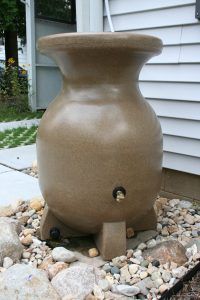
Ecodriveways are another exciting part of the solution for the environmentally conscious home owner. Because driveways are often the largest impervious surface on a residential site, it is important to consider what happens to the water that falls on them. A well-planned ecodriveway is designed to meet all of the functional needs of the homeowner while at the same time capturing, treating, and infiltrating stormwater.
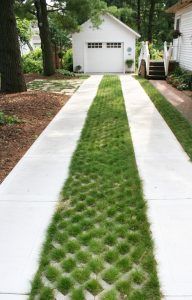
A special type of material known as pervious paving allows water to flow through its surface and into the ground. Options include pervious concrete, pervious asphalt, pavers with voids, and crushed gravel with no fines. These are great options to really maximize the amount of water that’s absorbed, but extra care must be used to design and install the gravel base below the paved surface to allow for infiltration.
When standard concrete or asphalt is the best choice for your driveway needs, there are still ways to make the project more ecofriendly. Minimizing surface area and thoughtfully managing water once it leaves the paved surface are important considerations.
Here are a few options for minimizing impervious surface:
- Design a driveway for multiple purposes, thereby reducing the need to pave space elsewhere for a patio or work area. Consider using stamped or dyed concrete as a decorative element that differentiates the patio space from the rest of the driveway.
- Paving only the actual driving area is another great idea to minimize impervious surface. Two strips of paving slightly wider than the tires of a car create a perfectly functional tread driveway that allows for turf or other pervious materials between. In addition to allowing more water to infiltrate, this option often saves money and creates a more visually interesting driveway area.
Directing stormwater from the driveway to water quality and management features like rain gardens is another great option. Rain gardens are designed as beautiful garden beds that are graded to allow water to pool temporarily and infiltrate into the ground. Beyond the beauty of the planted native wildflowers & grasses, these gardens draw in many species of songbirds and butterflies which add to their interest and ecological benefit. Driveways can be sloped toward these features or, in more complex settings, simple drains in the concrete can move stormwater to the features.
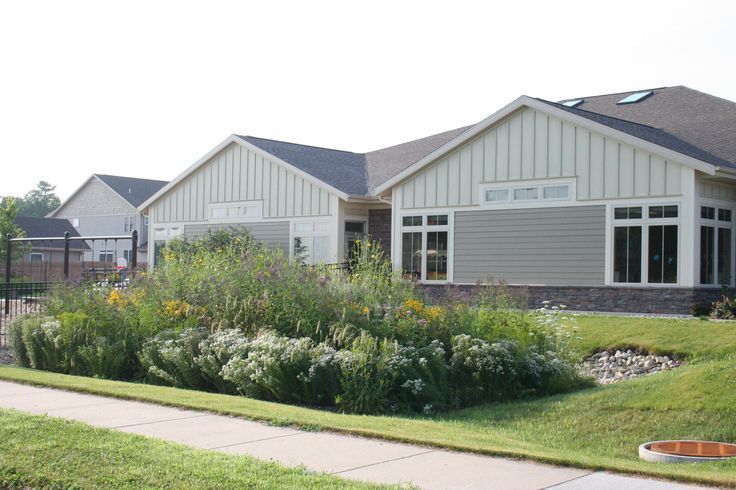
Ecodriveways can fit both your philosophy and your budget. When considering driveway options, factor the cost of an ecodriveway in combination with other water conservation tools. Look holistically at the site to help determine how your ecodriveway could be constructed for the greatest beneficial impact. To create a successful ecodriveway, consider involving a team of experts who are creative, innovative and experienced. Open up the toolbox of ideas, and stay flexible when considering the options. You will be delighted with the results. And so will Mother Nature!



